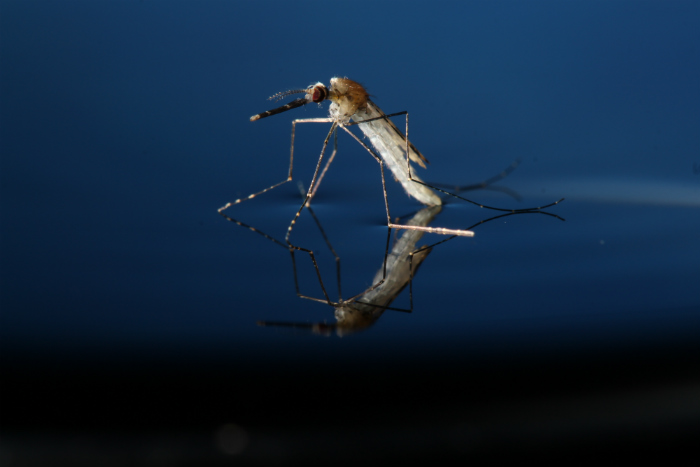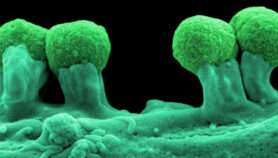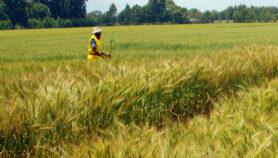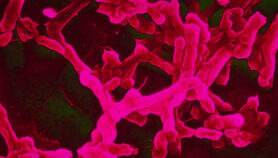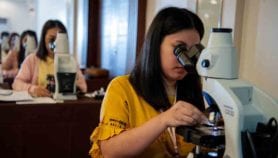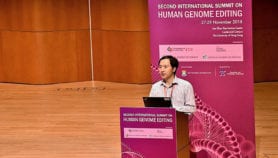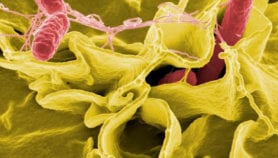Send to a friend
The details you provide on this page will not be used to send unsolicited email, and will not be sold to a 3rd party. See privacy policy.
Researchers have produced the first-ever mosquito with genes that cause infertility in offspring, and hope to use this method to slash malaria transmission and deaths.
Using ‘gene drive’ technology — so called because it drives a dominant gene through a population — a team led by researchers at Imperial College London in the United Kingdom altered a gene in male Anopheles gambiae mosquitoes that disrupts egg production in females. In trials, the gene was transmitted to more than 90 per cent of offspring, instead of the normal 50 per cent rate for non-dominant genes.
“This means that the gene drive element rapidly increases in frequency in a population such that a whole population can be transformed within a few generations,” says Tony Nolan, a molecular biologist at Imperial College London and one of the authors of the paper, published in Nature Biotechnology on 7 December.
An. gambiae is the most prevalent malaria-transmitting mosquito in Sub-Saharan Africa, where 90 per cent of the world’s annual malaria deaths occur. The malaria parasite needs to incubate in mosquitoes for several days before being transmitted to humans through mosquito bites.
The main methods used to control mosquito populations are draining standing water in which the insects lay eggs, pouring oil over water to kill aquatic mosquito larvae and using insecticides to spray affected areas and treat bed nets.
“These methods have significantly reduced the spread of malaria, but are costly, challenging to implement and face growing mosquito resistance,” says Nolan. “A control measure relying on genetic spread through a targeted population of malaria mosquitoes could complement these interventions without adding dramatically to health budgets.”
He says that since the population of altered mosquitoes increases so quickly, the method is self-sustaining and requires far fewer mosquitoes to be bred than previous genetic control methods that did not use a dominant gene. It is also less damaging to wildlife as only this specific mosquito population would be affected, Nolan says.But the method may affect nature in more subtle ways, says Luke Alphey, a researcher in the Arthropod Genetics Group of UK research centre the Pirbright Institute. He warns that the team’s plan to severely reduce mosquito populations within specific areas could unbalance local ecosystems while potentially doing little to reduce malaria vectors.
“It is not clear to me to what extent other malaria-transmitting mosquitoes would increase in number or change in habits if An. gambiae is removed,” Alphey says. “Eliminating the entire An. gambiae species complex would likely have a significant epidemiological effect.”
But Nolan says the team is aware of such issues, and is working on ways to ensure the method’s safety and measure its wildlife impact.
“The final results will be submitted to government authorities who will then have to decide whether to use the new tool,” says Nolan. “All these [steps] may take around ten years.”
References
Andrew Hammond and others A CRISPR-Cas9 gene drive system targeting female reproduction in the malaria mosquito vector Anopheles gambiae (Nature Biotechnology, 7 December 2015)


